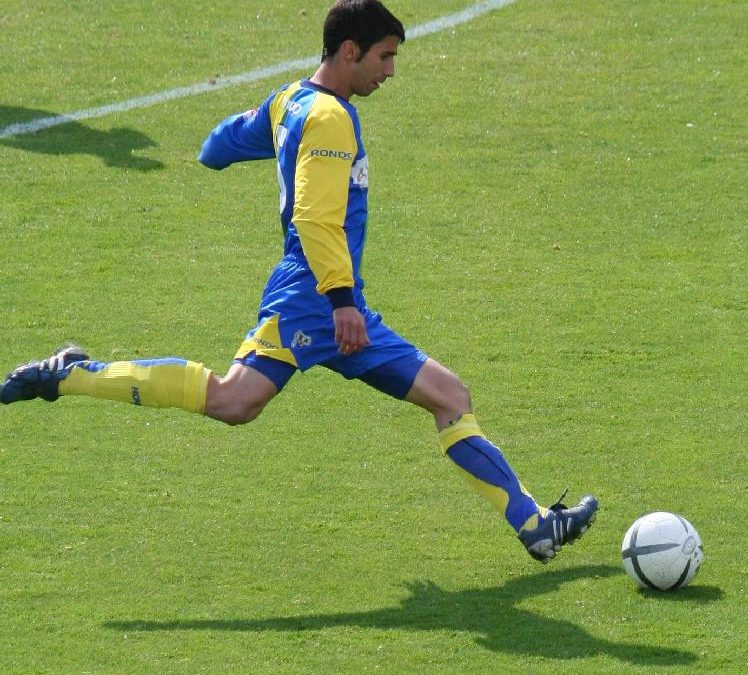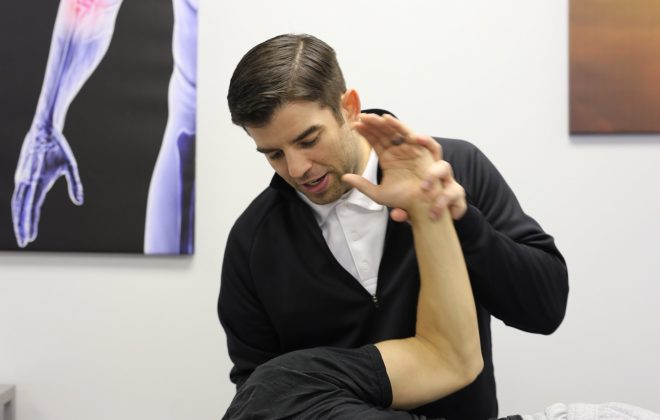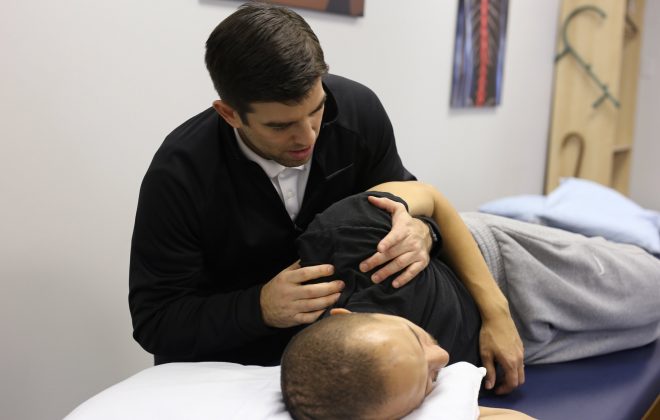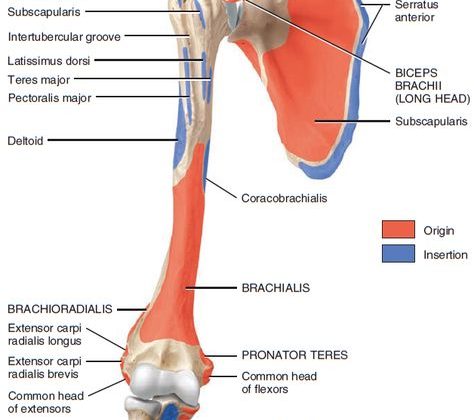Hip Flexor Pain in the Soccer Player!
Along with getting into CrossFit to stay active and competitive, if you read the About section on the website, another passion of mine since I was 4 years old is soccer.
In my 7+ years of treating soccer players of all ages there are a few particular injuries that keep popping up. The first one I want to talk about is the hip flexor strain. Hip flexor strains/pain are more commonly noncontact injuries with the player getting pain right in the front of the hip just below the “hip bone”. 
The area of the hip flexor is made up of a few different muscles, some that flex the hips, some that help rotate the hip and some that help stabilize the hip, all which are needed in soccer. In my experience I have seen most hip flexor strains occur either during sprinting or initiating a kick from a maximally hip extended position.
How do we deal with the hip flexor?
Reduce your chances of injury in the first place:
1. We can do a better job getting these players ready during a warm up. The FIFA 11+ program has been shown to reduce soccer injuries by 39% through a dynamic and specifically progressed warm up. This can be used prior to practicing or playing to help reduce a host of injuries incurred by soccer players. So, off the bat, players should be going through this warm up or something very similar. This warm-up is research proven to help, so why not use it?
FIFA 11+ Program
2. Work on strengthening the hip flexors. A lot of times we hear that our hip flexors are tight and rarely do we see focused strengthening exercises geared toward the hip flexors. I believe that a lot of these injuries occur not because of tightness, but because the hip flexors aren’t strong enough to take the demands that are incurred during soccer. You should work all facets of strengthening isometric (holds), concentric and eccentric contractions. Check out some exercises that I like to use below!
3. Lumbar and Hip Mobility: Keeping the lumbar spine and the hips mobile is just as important as maintaining stability, especially when we’re talking about striking a ball. If you are unable to get extension at the hip, pulling that leg back to strike a ball or extending the leg for a sprint can put significant stress in the front of your hip as well as your low back. Consistent mobility work can help keep the hips healthy and reduce stress on the hip flexors.
4. Rotational core strength to help support the hips. This means both rotational strength in the mid-section (obliques) and the hips. Strength here is often overlooked as we live most of our lives in the sagittal plane, or front to back. This lack of lateral strength, or lack of time getting into lateral or rotational movements can leave players vulnerable when they are asked to do these types of movements on the field. Consider trying some med ball rotational throws or banded/cable column rotational work to go along with your side planks. Change the tempo of the these exercises to continue to challenge yourself.
What should you do if you already have a hip flexor strain?
- Try to determine what caused your injury. Was it a “pull”, overstretching through the hip flexor or was it a “strain”, a strong contraction that caused initial pain and soreness? This will help determine what type of rehab you should start with as we initially want to avoid the mechanism of injury.
- When you are through the initial acute phase of your injury we want to start challenging the muscle by putting some force through it. We want the muscle to heal while putting it under pain free tension in order to rebuild its resiliency. Like I mentioned above you want to try putting stress through the muscle with some isometric holds first and then move into using eccentric and concentric strengthening.
These are some basic concepts when dealing with hip flexor injuries and while this is geared toward soccer players, this could be applied to anyone. Sometimes what feels like a “tightness” might actually be a strength issue.
This is my first post of many for the soccer player. Look for future posts to continue to discuss common soccer injuries, exercises to help reduce your chance of injury on the field and skills training to help you move better on the field.




